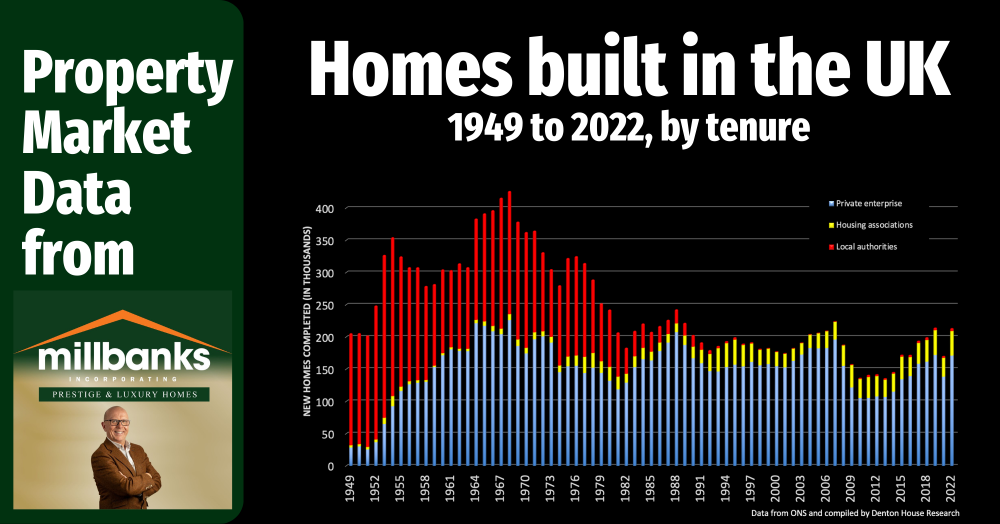

Get in touch with us
Thinking of selling your home or simply curious about what’s really happening in Attleborough’s property market? Behind every monthly figure lies a story about where values are heading and what it means for you as a homeowner or landlord. Understanding the trend could shape your next move—and help you stay ahead.
Buying a home is one of life’s biggest decisions. Whether it’s your first purchase or your fifth, the process can feel daunting, with plenty of pitfalls to avoid. From mortgages and surveys to legal paperwork and negotiations, there’s a lot to take on board. By arming yourself with the right information and working with a knowledgeable local estate agent, you’ll be better placed to make smart decisions and find the home that truly fits your needs.
Discover this detached 3-bedroom bungalow in a desirable non-estate location, offering spacious living, a dual-aspect lounge, fitted kitchen, three well-proportioned bedrooms, an 80ft rear garden with a workshop, garage with studio, and versatile spaces throughout. With no onward chain, it presents a perfect opportunity to create your dream home.
Over the past half century, the British housing market has transformed beyond recognition. 🏡 House prices have risen dramatically, far outpacing inflation and wages. For some, the gains have been life-changing — for others, the climb onto the property ladder feels steeper than ever. Share your 1970s Attleborough stories below! 💬